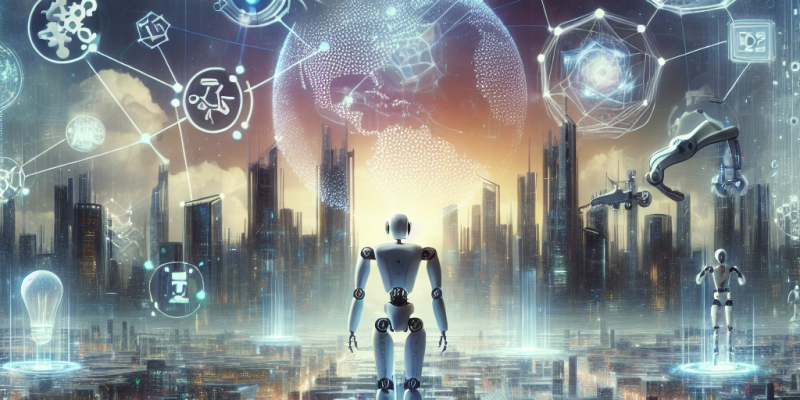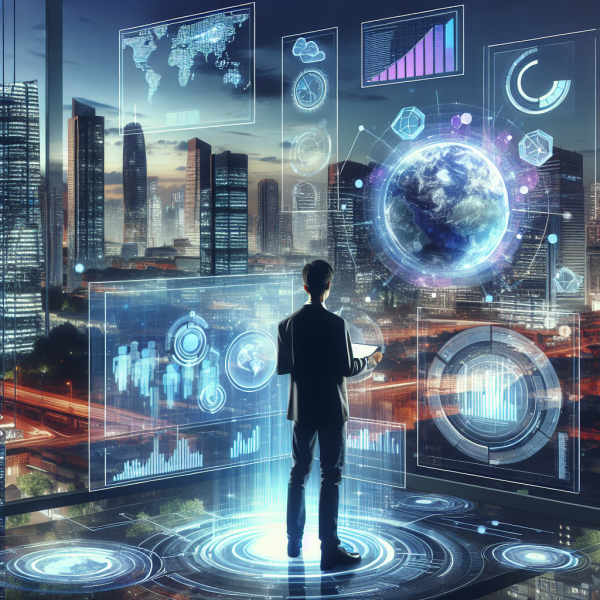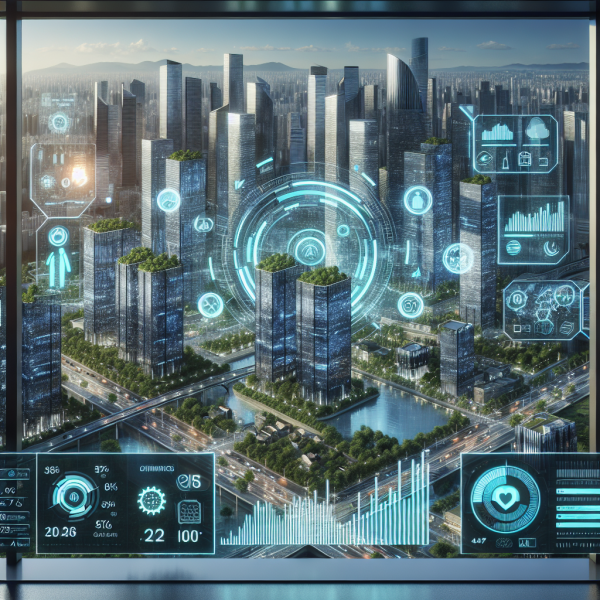Autonomous Systems Unleashed: The Future of Robotics and AI in 2024

As we usher in the year 2024, the promise of autonomous systems powered by advanced robotics and artificial intelligence (AI) is no longer a vision of the future but a burgeoning reality reshaping industries, economies, and daily lives. The evolving landscape of technology, coupled with unprecedented advancements in machine learning, perception, and cognitive computing, has set the stage for groundbreaking innovations in autonomy. This article delves into the future of robotics and AI, exploring key trends, applications, and the impact these systems will have on society in 2024 and beyond.
Major Trends in Autonomous Systems
1. Increased Interconnectivity
The Internet of Things (IoT) has provided a robust infrastructure for devices to interact seamlessly. In 2024, we can expect a surge in interconnected autonomous systems—robots that communicate with one another and with the cloud to improve their efficiency, adaptability, and decision-making. This connectivity enables real-time data sharing, allowing systems to learn from each other’s experiences and thereby enhance their capabilities.
2. Advancements in Deep Learning and AI Models
Deep learning continues to revolutionize the capabilities of autonomous systems. In 2024, expect more sophisticated neural networks that can analyze vast datasets to identify patterns, predict outcomes, and execute complex tasks with minimal human intervention. These advancements will enable robots to operate more effectively in dynamic environments, improving their understanding of context and enhancing human-robot interaction.
3. Robotics in Diverse Sectors
From healthcare to agriculture, autonomous systems are making significant inroads across various industries. In agriculture, for instance, autonomous tractors and drones are optimizing crop monitoring, planting, and harvesting, leading to increased efficiency and sustainability. In healthcare, we anticipate more advanced surgical robots that assist in minimally invasive procedures, where precision and accuracy are paramount. The proliferation of autonomous systems in these fields highlights the versatility and potential of robotic applications.
4. Enhanced Safety and Security Features
As autonomous systems become more integrated into society, safety and security remain paramount. In 2024, advancements in AI will lead to enhanced safety mechanisms, including better obstacle detection and avoidance capabilities in self-driving vehicles and drones. Furthermore, cybersecurity measures will be critical to protect these systems from potential threats, ensuring that autonomous operations are both reliable and secure against malicious activities.
5. AI Regulation and Ethical Considerations
Regulatory bodies are expected to provide clearer guidelines regarding the deployment of autonomous systems, particularly in sensitive areas such as surveillance, security, and data privacy. In 2024, discussions around the ethical implications of AI and robotics will intensify, concentrating on accountability, bias mitigation, and fair usage. As autonomous systems become increasingly autonomous, finding the balance between innovation and ethical responsibility will be crucial.
Real-World Applications Demonstrated in 2024
Transportation and Logistics
The logistics industry will see a dramatic shift in 2024, with autonomous delivery vehicles and drones taking center stage. Companies are investing in fleets of self-driving trucks and drones to transport goods efficiently, reducing transit times and costs. Last-mile delivery will become more logged and efficient, enabling businesses to cater to growing consumer expectations for rapid delivery without sacrificing quality or safety.
Healthcare Innovations
Telepresence robots equipped with advanced AI capabilities will revolutionize patient care. In hospitals, these robots will assist medical professionals by delivering medication, supplies, or patient information, thereby allowing healthcare providers to focus on critical tasks. Furthermore, we can anticipate the adoption of robotic companions for senior care, enabling more personalized and supportive living environments for the elderly.
Smart Cities
Urban environments in 2024 will increasingly incorporate autonomous systems to manage resources and enhance quality of life. From smart traffic management systems that optimize flow and minimize congestion to waste-collection robots equipped with AI for efficient sorting and disposal, cities will evolve into more sustainable, efficient ecosystems. Autonomous public transport options, such as self-driving buses, will pave the way for enhanced mobility while reducing environmental impact.
Manufacturing Revolution
The manufacturing landscape will undergo transformation with the integration of autonomous robots on production lines. In 2024, these robots will possess greater adaptability, allowing them to perform multiple tasks without reprogramming. This flexibility will enable manufacturers to respond to market demands rapidly, customize products efficiently, and significantly reduce production costs and downtime.
Conclusion: A Future of Collaboration
The future of autonomous systems in 2024 brings with it exciting opportunities and challenges. As robotics and artificial intelligence continue to advance, society must navigate this transformative landscape with a focus on fostering collaborative interactions between humans and machines. The potential for enhanced efficiency, productivity, and quality of life is immense, but it requires thoughtful consideration of ethical, regulatory, and safety measures.
Both stakeholders in technology and the wider society must engage in constructive dialogues to shape a future where autonomous systems operate in harmony with human values and aspirations. The age of autonomy is here, and as we embark on this journey, we are reminded that the most successful innovations are those that prioritize the betterment of humanity.













